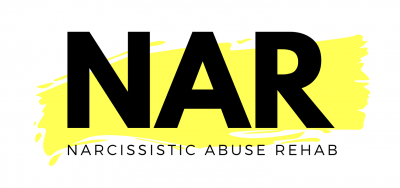Massachusetts House unanimously passes Bill H 4744 to ban coercive control and revenge porn awaiting Gov. Healey’s signature for enactment.
Narcissistic Abuse
Narcissistic abuse is a destructive pattern of manipulation pattern that can encompass psycho-emotional abuse, financial abuse, physical violence, and sexual abuse. It is synonymous with coercive control, the context in which domestic violence and intimate partner violence (IPV) occurs.
Narcissistic abuse is a serious issue that can impact people of all ages, including students. It’s especially concerning because learning to navigate new social dynamics and form healthy relationships is an important part of the student experience. Unfortunately, many students encounter relationships that become manipulative and toxic.Here’s where education can play a vital role. By teaching students to recognize the…
The importance of teaching students to recognize patterns of narcissistic abuse in family- and peer relationships.
Download our free guide ‘The Parallel Parenting Playbook: A Plan For Parallel Parenting with a Narcissistic Ex.’
Narcissistic abuse in college communities can undermine the future of students. Here are some ways to stay on track.
The path to healing for adult survivors of narcissistic abuse also known as adult children of narcissistic abuse (ACON).
In a narcissistic love story, trust is weaponized to manipulate the person they seek to exploit. Learn how to recover from the betrayal.
Learn about the link between narcissistic abuse and anxiety, signs, symptoms, and recovery with doctoral candidate April Nisan Ilkmen, LMFT.
Understanding Narcissistic Abuse: Learn about the cycle, signs, and recovery from emotional manipulation and toxic dynamics.
Learn about how narcissistic abuse lead to a range of adverse health outcomes, including major depression.










